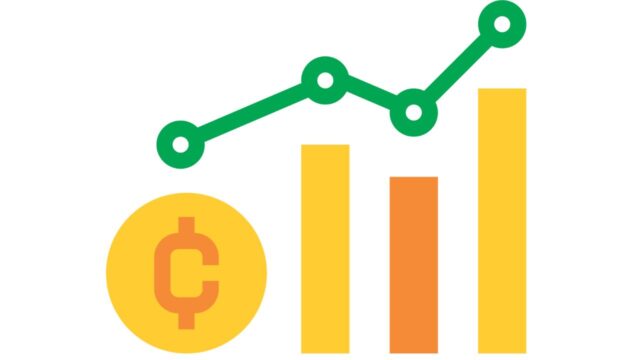
A bull spread is a vertical spread options strategy that profits from a moderate increase in the price of an underlying security. The bull spread is a great way to trade options that can be profitable even if you’re new to the market. Here are some tips on trading bull spreads. Read on to learn more! This article will also cover Time decay, Maximum profit and Breakeven points. It is important to understand these aspects before making a decision.
Time decay
Traders who use bull spreads often take advantage of the concept of time decay. This concept is used to describe the rate of change of the option value from the current time until its expiration. Options with a shorter expiration date have lower time decay. This principle applies to any trading strategy that makes use of options. Options can be purchased with directional bias or in a sideways market. If the underlying market is trending, time decay can be leveraged by taking long positions in both the bull and bear market.
Bull call spreads are bought and sold at different strike prices. They work just like a stand-alone long call strategy, although the short call premium helps offset the time decay of the long option. They are a good choice when the price of the underlying stock is expected to rise over a period of time. However, it is important to choose a realistic forecast for the market before buying or selling a bull call spread.
Long-term forecast
One of the most important aspects of a bull call debit spread is determining the break-even point. This spread is entered when a buyer expects the price of an asset to increase. The bull call debit spread is also known as a call spread, and the buyer must pay a debit to enter the trade. This strategy is a great choice if the bull spread forecast shows a gradual increase in the price of the stock.
The strategy is based on two things: the stock’s price and the implied volatility. If a bull spread is incorrectly forecasted, the stock may rise in value resulting in increased implied volatility. This increases the overall value of the spread because the market thinks there is a greater chance of a swing in the stock price. If the forecast is accurate, the trader will profit regardless of the market’s direction.
Bull spread maximum profit
There are two ways to enter a bull call spread. You can purchase a long call option for $50 and sell a short call option for $55. The bull call debit spread allows you to enter at any strike price relative to the underlying asset. In the case of a bull call debit spread, an in-the-money option is more expensive than an out-of-the-money option, and a further out-of-the-money option has a bullish bias.
To maximize your profits from a bull spread option strategy, you need to be able to predict the market trend. The best time to enter a bull call spread is when prices increase moderately. It is a good idea to use this strategy only if you are a well-experienced options trader. The maximum profit is attained when the price of the underlying asset increases by more than 4% in a given time.
Breakeven point in Bull spread
In the Bull Spread, the breakeven point is the price of a stock that is at which the bull spread will result in a zero-dollar profit. You can calculate this value by adding up the calls you’ve purchased. When the underlying’s price rises above the breakeven point, you’ve made a profit. If the market rises higher than this point, the trader’s profits will be greater.
A bull call spread consists of two options, a long call and a short call. The breakeven point is the strike price of a long Call plus the difference in premium amounts. When executing a moderately bullish strategy, you’ll want to wait for price to rise above the breakeven point to make a profit. If the price falls below it, you’ll be in a loss position.
Maximum loss in Bull spread
The maximum loss on a bull spread can be capped at the premium or debit paid. This is done by selling the long call and buying the short call. If the stock price is above the short call strike, the investor may choose to exit the spread at the earlier date. However, this will extend the time frame of the trade and increase the risks involved. Maximum loss on a bull spread may be as high as $100 per contract.
A bull call spread involves buying and selling a call option with a certain strike price. Typically, the spread is entered at the same contract month. The maximum loss on a bull call spread is the difference between the premium paid for the call option. Similarly, the maximum gain on a bull call spread is the difference between the strike prices. This way, the investor will have the potential to make a profit if the stock price moves higher than the call options they sold.


































